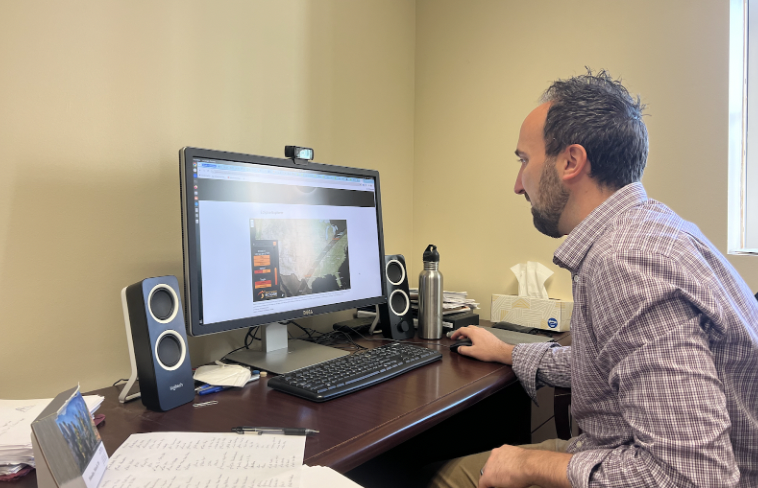The Faculty Senate met Wednesday afternoon for its normal meeting and to hear a presentation about the Capital Campaign from Vice President for Development and External Affairs Brad Cheves and a presentation about the University Curriculum (UC) from Associate Dean Peter Moore.
The Second Century Campaign began Sept. 12, 2008 and will end Dec. 31, 2015. SMU hoped to raise alumni giving from 12-13 percent participation of 25 percent, a goal it has nearly reached. However, the campaign is still is about $98 million short of its $1 billion campaign goal.
According to Cheves, the university chose to focus on alumni giving because of its impact on a formula for the U.S. News and World Report rankings for top 50 universities.
The push was also to place SMU among 34 other higher education institutions, like Rice University and Cornell University, who all set and completed $1 billion campaigns.
“It is important for our institution to make a statement of strength for the future of the university,” Cheves said. “Supporters have embraced those aspirations to become that university we have described on campus.”
Currently alumni giving for the Second Century Campaign is at $902 million, with 100 percent future fulfillment on all pledges. According to Cheves there are about 102 major gift prospects that the university is pursuing before the campaign ends in December.
The $1 billion will be used to improve the academic quality, student quality and campus experience at SMU.
SMU has already used the funds to endow 102 faculty chairs, offer 511 new scholarships and start 16 capital projects. All areas surpassed their pre-campaign goals.
Post-campaign the university hopes to have a greater operational impact on academics and athletics, a stronger participation by graduate alumni and additional capital requirements.
“We will use this strategic plan to engage broader community in what our aspirations are as a community,” Cheves said.
Moore followed Cheves’ presentation to discuss the recent changes to the UC and the issues facing the curriculum.
This semester many Student Learning Outcomes (SLO’s) were revised and junior and sophomore students had revised requirements for their level 2 pillar and proficiencies and experiences requirements.
“By the end of this year, we predict that there will be 80 percent completion by juniors in pillar requirements” Moore said.
When the UC was passed the additional requirements added 12 course hours to the GEC requirements. The goal was to have classes “double count” so the required hours would be reduced, but this has not always been the case.
The main issues come with the Pure and Applied Sciences (PAS) pillar and Philosophical and Religious Inquiry and Ethics (PRIE) pillar, which have very few seats that double count. PRIE 1 only has one seat that double counts.
To fix this problem, SMU opened up higher levels of foreign language courses to count toward pillar requirement.
“We are trying to incentivize taking higher levels of language instead of opting for the first and second semesters of language,” Moore said.
Moore said there are disparities between majors. For example, accounting majors only have one pillar fulfilled within their required classes while advertising majors have four or five.
Issues are also in Ways of Knowing (KNW) classes that were meant to be team-taught. Two of these style courses will be taught in the spring.
SMU is creating a task force to deal with the KNW issues in schools like Cox and Lyle that they will look at in the spring.
Moore said that they are also working on a software that can search for courses that satisfy UC requirements with the day, time and professor of the courses, providing the information in the database is correct. But, all classes are not yet correctly placed in the system.
“We’re going to have to work to improve the
database to offer students and advisors the ability to plan,” Moore said












